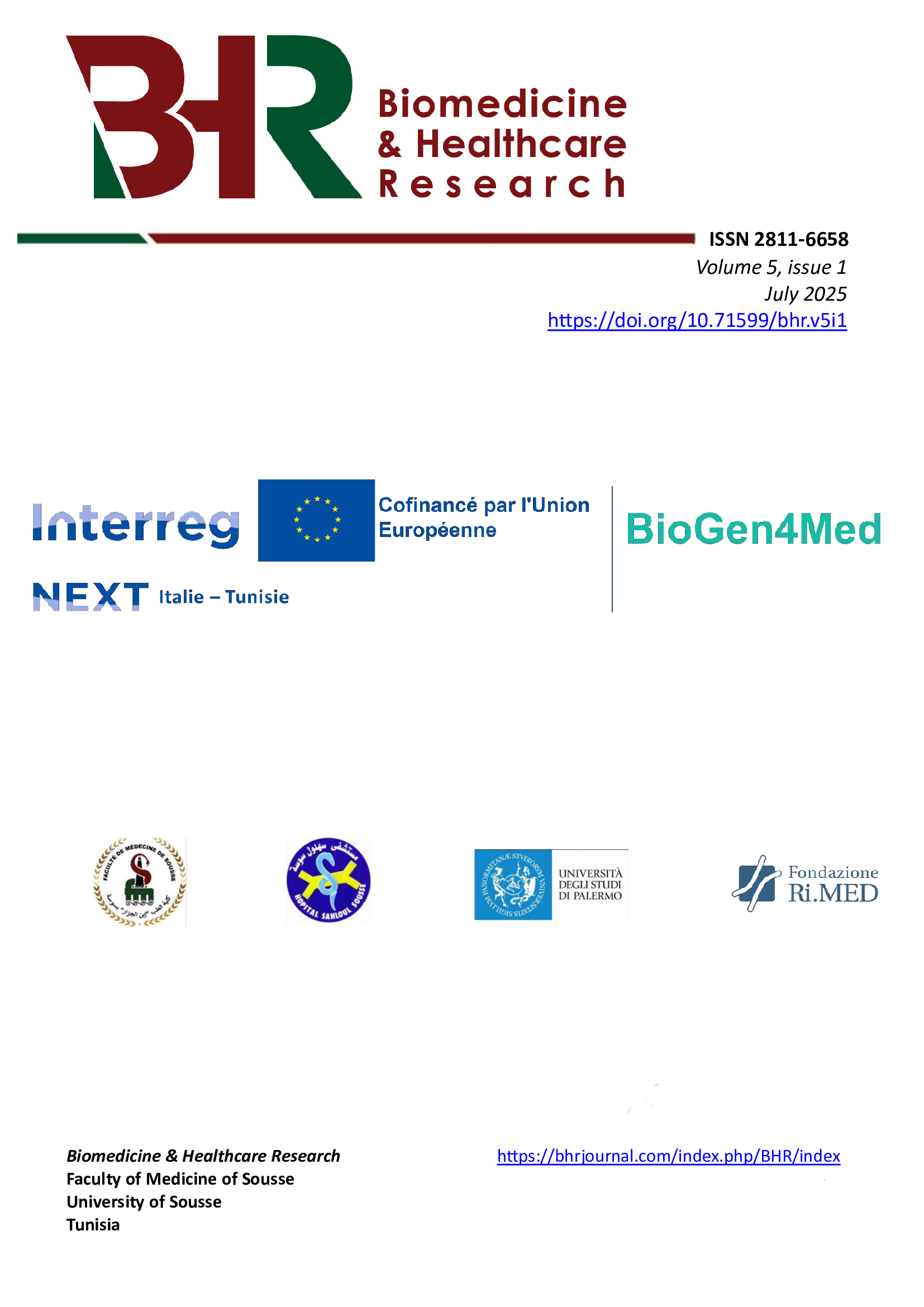Management of pediatric acute mastoiditis: A single-center experience over two decades
DOI:
https://doi.org/10.71599/bhr.v5i1.160Keywords:
mastoiditis, child, subperiosteal abscess, drainage, mastoidectomyAbstract
Introduction: Acute mastoiditis (AM) is a rare but serious complication of acute otitis media. Controversies exist regarding the medical and/or surgical management of this condition. The aim of this study was to evaluate the effectiveness of medical approach of AM among pediatric patients.
Material and methods: We conducted a retrospective study in which we reviewed the medical records of children with AM. We included in this study patients aged less than 16 years with post-auricular inflammation and/or post-auricular tenderness and signs of acute otitis media who were treated in ENT and Pediatric Departments at our institution between 2000 and 2022.
Results: The total number was 68 patients with AM. The mean age of the population was 48 months, ranging from 6 months to 14 years. All children presented with post-auricular inflammation and signs of acute otitis media. Computed tomography (CT) of the temporal bones was performed in 52 (76.5%) children. Nineteen patients had a subperiosteal abscess and 4 children had neurological complications. All patients were immediately treated with intravenous antibiotics. Mastoidectomy was performed in 40 cases (58.8%), including 29 patients (42.6%) with uncomplicated mastoiditis and 5 patients with complicated mastoiditis, i.e. 4 cases of neurological complications, one case of facial palsy and 6 cases of subperiosteal abscess Conservative treatment including intravenous antibiotics, myringotomy and/or drainage of the subperiosteal abscess was used in 28 children (41.2%): 13 cases (46.4%) had abscess drainage combined with antibiotic treatment and the others received antibiotics only. All children recovered completely without any sequelae.
Conclusion: Conservative treatment may be considered as an initial option for uncomplicated cases, with surgery reserved for instances of medical treatment failure or the occurrence of complications. Prospective studies are needed to further substantiate this approach.
Downloads
Downloads
Published
How to Cite
Issue
Section
License
Copyright (c) 2025 Malika El Omri; Bellakhdher Mona, Tej Amel, Ghammem Monia, Abir Meherzi; Kermani Wassim, Boughammoura Lamia

This work is licensed under a Creative Commons Attribution-NonCommercial-NoDerivatives 4.0 International License.





